Time heroes
Throughout the spring of 1941, special reconnaissance aircraft invaded Soviet airspace to photograph the fortification system, bases and airfields. And because of the actual lack of camouflage at the airfields of the Soviet Air Force, the Germans managed to obtain accurate data on the number of aircraft and their locations. This was very important, since the concept of the Luftwaffe headquarters envisaged the conquest of air supremacy by the suppression of enemy aircraft and massive strikes on airfields.
At the same time, aviation was not considered as a means of waging an economic war - the Germans did not have strategic bombers designed to destroy targets in the enemy's rear. And they had to regret this more than once, because almost all of Soviet industry was evacuated to the Urals as soon as possible, from where from the 42nd they went to the front Tanks, planes and guns.
Having a quick and fairly easy victory in the West, the Germans did not see much reason not to repeat it in the East. They were not embarrassed either by the 5-multiple superiority of the Red Army in tanks, or by the 7-multiple in aircraft, or by the enormous theater of military operations. The Germans considered their main adversary only time.
At that time, all the fighter and bomber squadrons of the Luftwaffe planes were armed with the latest modification, significantly exceeds almost all types of Soviet aircraft on the basic combat characteristics. All German pilots were well prepared, had real combat experience, and most importantly - possessed the psychology of the winners. Incredibly, the task of conquering air supremacy was assigned to approximately 1 000 fighters, that is, using 250 machines to the front. By December 1941, this task was almost completed.
The Soviet pilots of the 1941 era, for the most part, could oppose to the Germans only a huge number of far from new aircraft and desperate heroism. Combat training in aviation units was carried out very badly. The tactics of both the fighters and the bombers were outdated: the first ones flew in threes and simply interfered with each other in combat, while the latter did not know how to interact with their fighters or perform an effective anti-aircraft maneuver. Radio stations on Soviet aircraft were virtually absent, but about a photo camera, synchronized with the combat weapons and is required to confirm the number of aerial victories, our pilots have not heard until 1943 - 1944 years.
Moreover, the commanders who tried to arrange the proper training of the flight personnel were accused of over-expenditure of fuel, ammunition, increased accident rate and other “sins”, for which they received permanent penalties, were lowered in positions and ranks, and even tried. In addition, before the war were repressed virtually all the leaders of the Red Army Air Force. And because the moral atmosphere in the Soviet military aviation was not easy.
Shortly before dawn 22 June 1941, almost 1 000 1-th, 2-th and 4-th German air fleet bombed 70 with well-explored Soviet airfields in the Western, Kiev, Baltic and Odessa military districts. Hundreds of fighters equipped with fragmentation bombs participated in these raids.
According to Luftwaffe reports, only 22 Jun, both on the ground and in the air, destroyed more than 1 800 Soviet aircraft. But even in these conditions there were people who kept a “clear head”. Thus, the Air Force commander of the Odessa Military District, Major General FG Michugin on the night of June 22 ordered to disperse virtually all cars on the district alternate aerodromes. As a result of the attack, the loss of Odessa VO made up the entire 23 plane, about the same amount the Germans themselves lost. County Aviation retained its combat capability and able to provide decent resistance.
Yet the Germans managed to almost completely destroy a small fleet of modern Soviet fighters concentrated on the border. Although the Luftwaffe did not encounter any organized resistance, on the first day of the war, Soviet fighters still managed to shoot down German planes around 150. At the same time, the Germans were amazed at the number of rams used by Soviet pilots. Among others, two famous ace of the time were shot down: JG-27 commander Wolfgang Shellman (26 victories) and JG-53 group II commander Heinz Brettnutts (37 victories). Both of these pilots were knights of the Knight's Cross. The death of such people in the first day of the war, it struck many German pilots on the idea that the campaign to the East does not promise to be easy. And yet, while the Luftwaffe went from victory to victory.
July 15 41-of Werner Mölders first German aces reached 100 victories. The same result achieved Gunther Lutzow and Walter Oesau - 24 26 October, and October, respectively. They hardly met any serious resistance, but carelessness often led to disastrous results. The fact is that the outdated I-16 and I-153 had even one, but a significant advantage - a smaller turn radius, the time of which was 11 seconds versus 18 - 19 seconds in Messershmit. And if the Soviet pilot had strong nerves and skill, he let the enemy go into his tail, let him come closer, and then instantly turned around, immediately meeting him head-on with fire from his guns and machine guns. He himself, of course, also came under fire, but the chances in this case were about equal.
It was possible to defend effectively only by standing in the defensive circle, where each plane covered the tail of the next one in front. This is how the Soviet ace, twice Hero of the Soviet Union, Arseny Vorozheikin, who fought X-Numx in 1941, describes this tactical device: “Our circle resembled a rapidly rotating circular saw: wherever you go, you will not take it. Airplanes, changing position, pulling in the right direction, sprayed machine-gun fire, and even rocket projectiles. "Messers", like pikes, were worn at high speeds very close and, each time bumping into the sharp teeth of the saw, bounced off. "
There were no other options for success with the 16. He could not force the enemy battle "on verticals" and even simply to break away from it because of a lack of speed and low engine power. Still, new types of aircraft continued to flow to the front.
And-153 "Seagull"
The Yak-1, LaGG-3 and MiG-3 fighters had a completely modern design and good weapons, but, developed just before the war, were “underdeveloped” and by the summer of the 1941, they did not even have a full range of factory tests, but nevertheless were taken into service.
LaGG-3 Fighter
Yak-1, for example, was adopted with 120 disadvantages. It was also the case with LaGG-3, and only the MiG stood out against this background. By the winter of 41-almost all MiGs as the most battle-worthy were sent to the military defense of Moscow connection.
Fighter Yak-1
The fighter designed by Mikoyan and Gurevich could reach speeds in 640 km / h, but only at the height of 6 - 7 thousand meters. At low and medium altitudes, he was not so fast. His armament was clearly insufficient: 3 machine guns and only one of them - large-caliber. The MiG was also extremely “strict” in management and did not forgive mistakes. Apparently, therefore, his “career” was short-lived and ended already in 1942. After all, the main criterion for the Soviet fighters of that time was easy to operate - trained pilots were not enough, and the time to study even smaller.
MiG-3
This requirement was met by the Yak-1 and partly LaGG-3, which forgave the pilots for mistakes, but gave little chance of success in battle. LaGG-3 had an all-wood (!) Design, and the spars - the main strength elements - were also made of wood. Climb and maneuverability he was small, but quite on the level of armament, one 20-millimeter cannon and two machine guns caliber 12,7 mm in the forward fuselage. However, it is clearly not enough power, because in aviation units, he earned the nickname "lacquered Aviation guaranteed coffin."
Perhaps the most successful Soviet fighter of the start of the war was the Yak-1.
Although this aircraft was covered with plywood and rag, the fuselage frame was made of welded steel pipes, which gave the whole structure a certain rigidity. The spars were still wooden, and the instructions for use contained a remarkable order not to develop a speed over 630 km / h in a dive so as not to destroy the aircraft. However, this often happened just because of congestion during the battle.
"Messerschmitt" Bf-109F
For comparison: “Messerschmitt” Bf-109F in the same situation “gave out” almost 100 km / h more. So the new Soviet fighters still could not give the pilot freedom of action in battle conditions, but now they could not only defend themselves, but also under certain conditions, attack using their only advantage over Messerschmitt, the best horizontal maneuverability in combat. on turns.
Meanwhile, a successful year for the Luftwaffe 1941 is over. Moscow was not succeeded in “wiping off the face of the earth”. The Germans were able to allocate to attack the Soviet capital just 270 bombers, and this was quite enough for effective action. In addition, they were opposed by air defense forces, consisting of 600 fighters with the best pilots and more 1 000 anti-aircraft guns. Those German planes that broke through the Soviet air defense system could not seriously damage the capital.
In 1942, the opposition of the Red Army Air Force, which acquired a certain degree of organization, began to increase. Much attention has been paid to the construction of disguised airfields and the creation of false ones. The number of small-caliber anti-aircraft artillery increased significantly. By the spring of 1942-Soviet industry was able to reach the production 1 000 aircraft per month, and the rate of those not reduced until the end of the war, although the quality of their production remained low.
Due to the poor quality of cockpit glazing, as well as due to the fact that in the battle of overload it jammed, many pilots were flying with an open cockpit, and sometimes even rented a moving part of the "lantern". This innovation "eat" from the 30 40 km to the maximum speed of the already low. But at least there was at least something visible around.
In the field of tactics, there have also been changes. Top commanders, such as Lev Shestakov, the renowned hero of the Spanish war and an outstanding fighter pilot, introduced a new order of battle tactics. Shestakov had his planes in several tiers in height.
This system allowed the Soviet aircraft, which were inferior to the German ones in the climb rate, not to let the Messerschmites quietly make a combat turn after climbing, in order to swoop down for an attack. Then Shestakov successfully used such tactics in the battles over Stalingrad and at the Kursk Bulge.
In 1942, the main problem of the Soviet Air Forces was the low quality of pilot training. Young sergeants - graduates of accelerated courses of flight schools, who had no more than 5 - 10 flying hours on a combat fighter, died, as a rule, not having time to live to 10-th combat departure. Fighter Wing, hardly arrived at the front, he immediately went to re-form in view of the actual destruction.
The Germans had their own difficulties: the front stretched to the maximum, and the number of pilots did not increase. And although there were no problems with combat training of pilots, already in 1942, every German fighter pilot was forced to make 3 - 5 combat flights against 1 - 2 on Soviet pilots on the day of XNUMX. The main principle of the Luftwaffe said: "The better the pilot, the more he must fly." In addition, the Fuhrer ordered to take Stalingrad at any cost. And this price was high.
Wilhelm Krinius, the best-performing expert of the JG-53 Al Pik fighter junction of that period, who won 114 victories in total, recalled Stalingrad: “The great tension in the battles did not pass without consequences. In the summer, the temperature often jumped to 38 - 39 °, severe exhaustion, fatigue. There was no time for treatment or elementary rest. In battle, overloading is often nauseous, so I always took with me a uniform kepi, which I used as a bag, after putting the torn paper in there. Before the eyes is one of the sorties in those days. We escort Ju-88 to Stalingrad, they are attacked by Russian fighters. The fight went on for a long time, as I did, I don't remember. I remember later: I look at the ground and I cannot orient myself, even though with a parachute, jump. This flight I remember. Other pilots felt no better. ”
The Germans failed to take Stalingrad; moreover, they suffered a crushing defeat, having lost about 200 thousand people in the “cauldron” of the environment.
Total losses of the Soviet Air Force in 1942 year is still significantly superior to the German - 15 000 5 000 against aircraft, but for the Germans, and such losses have been hard to bear. In addition, instead of the "blitzkrieg" they received a total war of annihilation. Gradually changed for the better and the Soviet aircraft. In the fall of the 1942, and especially in the spring of 1943, new fighters Yak-9, La-5 and lendlisky American fighters Bell P-39 Aircobra began to arrive at the front. The new technique has already gained experience gave Soviet pilots more opportunities.
La 5. The best fighter of its time
So at the beginning of 1943, the situation began to take shape not too comforting for the Luftwaffe. The new modifications of the Messerschmit Bf-109G and the completely “fresh” multi-purpose Focke-Wulf FW-190 fighter aircraft already did not have absolute superiority over the latest Soviet aircraft, and losses among experienced pilots continued to grow. The quality of the replenishment also began to decline due to a reduction in the curriculum, and the front was an extremely cruel teacher. And yet, despite all the alarming trends, the Luftwaffe continued to be a formidable fighting force, and it is fully manifested in the famous air battles of 1943-over Kuban and Kursk arc. Luftwaffe and Soviet air force moment of truth.
Focke-Wulf Fw 190-D9
The renowned German “expert” (as the Germans called their aces) Herman Graf, who ended the war with 212 victories, recalled his toughest fight on the Eastern Front, which took place on 14 on October 1941, in the Kharkiv region: “Before us (Graf had in mind himself and his slave Fyulgrabbe -... Note the author) task block enemy airfield was set. On the way to it, we noticed four Yak-1. Using the advantage in height, we rapidly attacked the enemy ... "
Three "Yaks" shot down quickly, but that was not all: "Then the circus began. Russian had a slight excess and controlled the situation. So he fell sharply on the wing and began to cut off a corner for me - it was very dangerous, and I climbed up. But then Russian left on a forward loop and began to come to me in the tail. Sweat rolled in my body. I do a coup and, trying to break away, I fall down, the speed increases furiously. Maneuvers follow one after another, but all without success. The fight reaches its climax.
The Russian has lagged behind a little, and I, taking advantage of the height, with a coup over the wing, walk into his forehead. He gives a short queue and rolls aside. It all starts over. Dead tired. Thought feverishly seeking a way out of this situation. Hands and feet act automatically. In another wild whirlwind passes 10 minutes more. I mentally praise myself for having paid much attention to aerobatics, otherwise I would be in the next world. A few minutes later a red light comes on - gasoline runs out. Time to go home! But this is easier said than done, we must also break away from the Russian. With an energetic coup, I roll down and leave at full speed towards the front. Russian haunts me, but soon lags behind.
On the last drops of fuel, I land at my airfield, stalled on the run. Lucky. I don't get out of the cabin for a long time - I have no strength. In the head constantly sweep pictures of the recent clash. It was an opponent! I come to the conclusion that the whole battle lost, but reproach myself for gross errors can not. Russian was stronger than me. "
Liberators. Fighters
It was spring 1943 of the year. Soviet troops seized a bridgehead on the "Little Earth" in Novorossiysk. In the Caucasus, the Red Army is confidently moving forward, preparing for the breakthrough of the Blue Line, a powerful system of German fortifications in the lower reaches of the Kuban. In the upcoming operation, a special role is assigned to Soviet fighter pilots. It was they who had to end the rule of German aviation in the sky of the Kuban.
Before the war in the USSR, only cinema actors could argue with the popularity of pilots. Young people are literally torn to conquer the sky, doing the flying club. The number of air forces grew. But with the very first strike of the German 22 aircraft on June 1941, most of the Soviet airfields and aircraft were disabled. The pilots lacked not only the machines, but also the experience of air combat. It was especially hard for the Soviet fighters in the skies of the Rzhev battle, where they clashed with the German aces of Melders' squadron. The turning point in the situation was outlined only by the end of 1942. Soviet pilots began to switch to German tactics of combat, to master new types of aircraft - the Yaks, LaGGs, MiGs.
The series details the various types of German and Soviet fighters during the war. Veterans share their memories of war everyday life of this kind of troops: what are they and how to fly, a "sweep" of promotions for the downed aircraft the enemy, the battle in the air Taman.
A separate part of the film is dedicated to stories Order of Lenin.
- Maxim Morgunov
- http://www.vokrugsveta.ru"rel =" nofollow ">http://www.vokrugsveta.ru
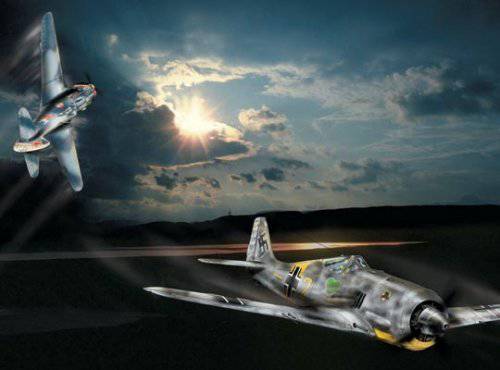
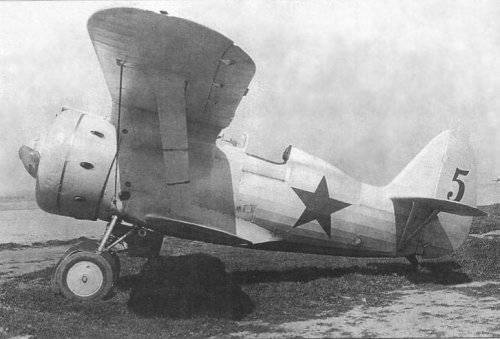
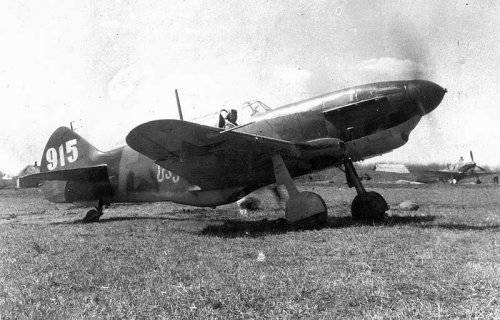
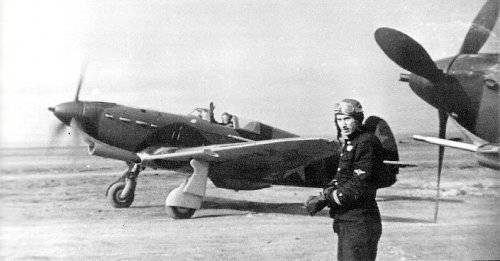
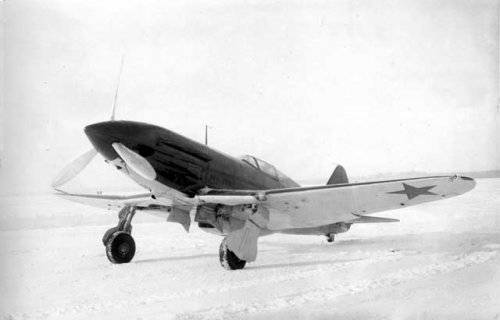
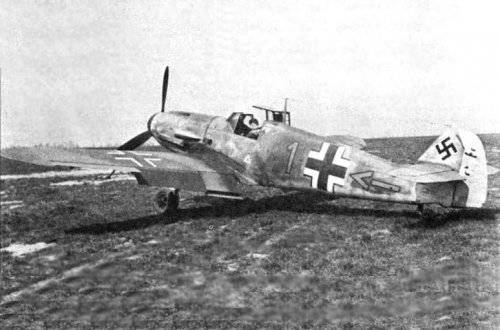
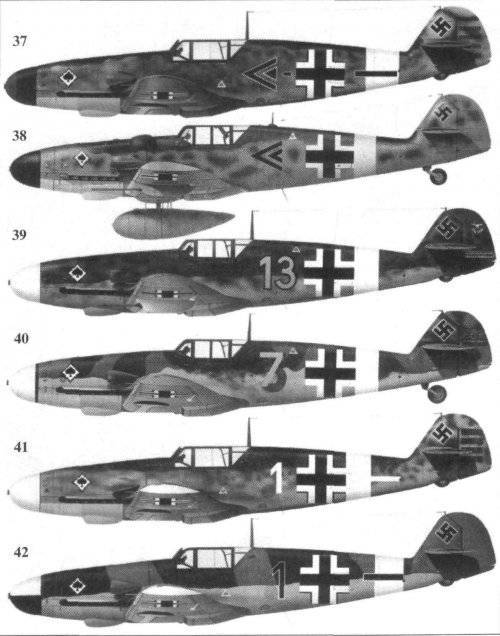
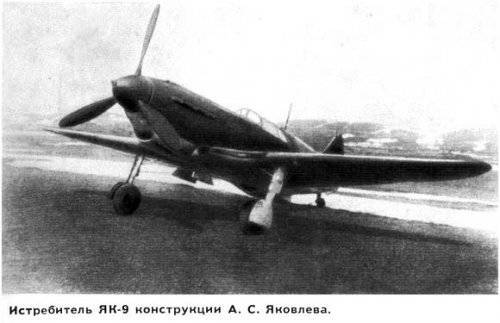
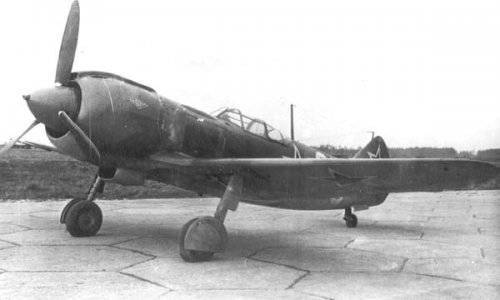
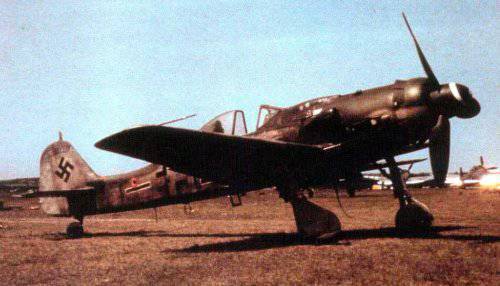
Information